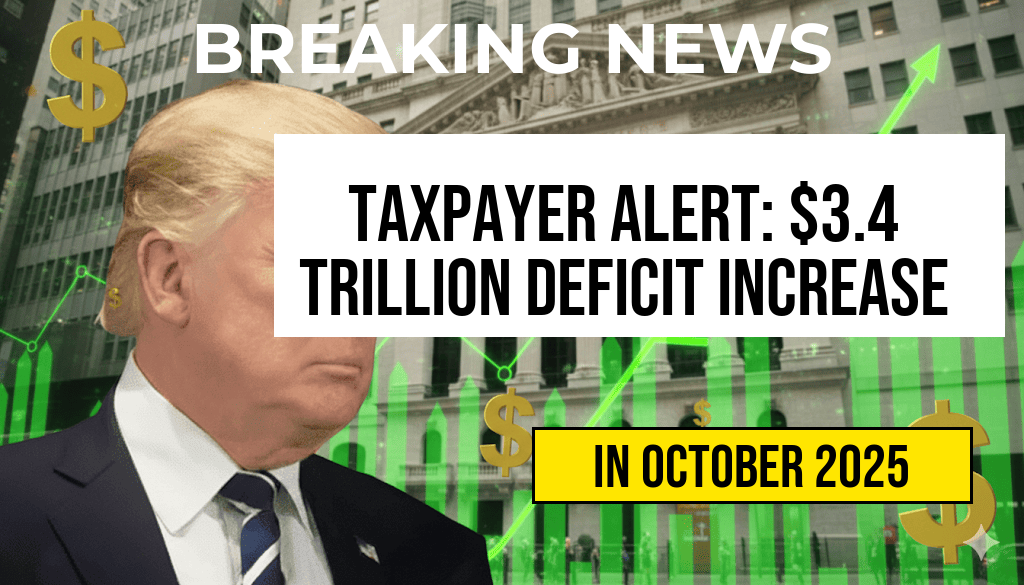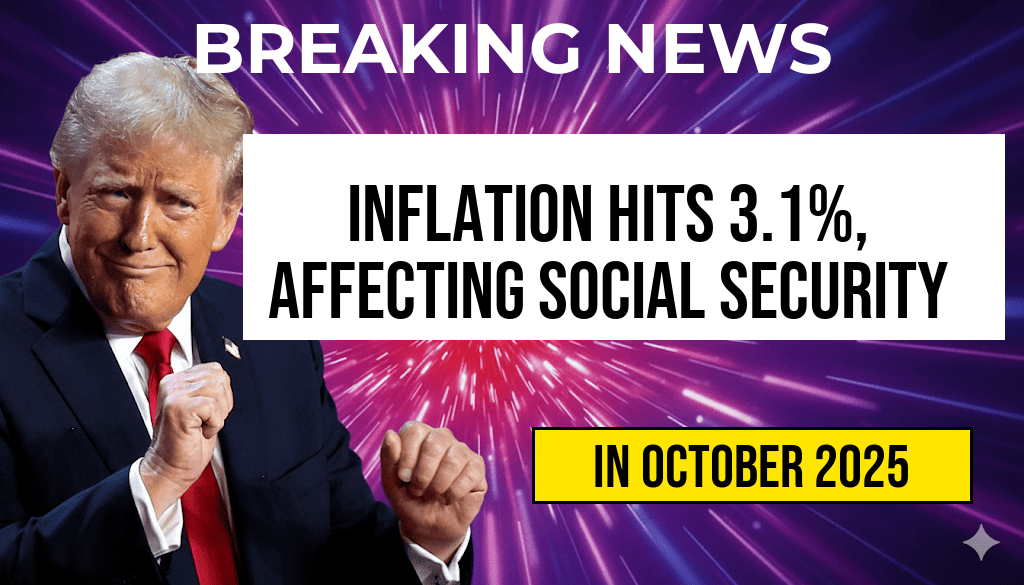Taxpayers are bracing for the repercussions of a proposed legislative package dubbed the “One Big Beautiful Bill,” which is anticipated to significantly increase the federal deficit by $3.4 trillion over the next decade. The proposal, supported by a coalition of lawmakers, aims to revamp infrastructure, expand social programs, and address climate change. However, experts warn that the financial implications could be profound, raising concerns about long-term fiscal sustainability and potential impacts on inflation. As Congress prepares to deliberate on this sweeping legislation, stakeholders from various sectors are voicing their opinions, with some advocating for its ambitious goals while others caution against the potential economic fallout.
Key Components of the Proposed Legislation
The “One Big Beautiful Bill” encompasses a variety of initiatives designed to stimulate economic growth and improve public welfare. Key components include:
- Infrastructure Investment: Allocation of funds to repair and modernize roads, bridges, and public transportation systems.
- Social Programs: Expansion of healthcare access and increased funding for education and housing.
- Climate Action: Investments in renewable energy sources and initiatives aimed at reducing carbon emissions.
Projected Economic Impact
According to a recent analysis by the Forbes economic team, the proposed bill could lead to a substantial increase in the national deficit. The potential $3.4 trillion increase is expected to exacerbate existing fiscal challenges, particularly as the country continues to recover from the economic impacts of the COVID-19 pandemic.
Deficit Concerns
Critics of the bill argue that the funding mechanisms proposed may not adequately offset the costs, leading to greater national debt. Some economists suggest that the government might need to increase taxes or cut spending in other areas to manage the rising deficit effectively. The implications of such a financial strategy could reverberate throughout the economy, affecting everything from interest rates to job growth.
Political Landscape and Reactions
The legislative proposal has sparked a heated debate among lawmakers, with opinions sharply divided along party lines. Supporters argue that the investment in infrastructure and social programs is crucial for long-term economic stability and growth. In contrast, opponents focus on the immediate fiscal risks associated with increasing the national deficit.
Supporters’ Perspective
Proponents highlight several benefits of the bill:
- Job creation through infrastructure projects.
- Improved public services that could enhance quality of life.
- Long-term economic benefits from investment in green technologies.
Opponents’ Concerns
Those opposed to the bill raise several issues:
- Potential for inflation as government spending increases.
- Long-term fiscal health of the nation may be jeopardized.
- Risk of increased taxes for future generations to pay off the debt.
Public Opinion and Stakeholder Input
As the bill gains traction, public opinion remains divided. Recent polls indicate that while many Americans support increased spending on infrastructure and social programs, there is skepticism regarding the potential deficit increase. Stakeholders from various sectors, including business leaders and advocacy groups, are voicing their concerns and suggestions. The National Deficit continues to be a pivotal topic in discussions surrounding this bill, as citizens express their desire for fiscal responsibility.
Next Steps in the Legislative Process
With the bill now in committee, lawmakers will begin a thorough examination of its provisions and their implications. Amendments may be proposed, and further debates are expected to shape the final legislation. The timeline for a vote remains uncertain, as stakeholders continue to weigh in and public sentiment evolves.
As this significant piece of legislation makes its way through Congress, the potential ramifications for taxpayers and the economy at large will be closely monitored. The coming weeks will be critical in determining the fate of the “One Big Beautiful Bill” and its implications for the nation’s fiscal future.
Frequently Asked Questions
What is the ‘One Big Beautiful Bill’?
The ‘One Big Beautiful Bill’ refers to a proposed legislation that aims to implement various tax reforms and spending initiatives. This bill is expected to significantly impact the federal budget and is under scrutiny for its potential effects on the national deficit.
How much is the expected increase in the deficit due to this bill?
The projected increase in the deficit due to the ‘One Big Beautiful Bill’ is estimated to be around $3.4 trillion. This figure has raised concerns among lawmakers and economists regarding long-term fiscal sustainability.
What are the main components of the proposed bill?
The bill includes a variety of components such as tax cuts, increased government spending on social programs, and investments in infrastructure. These elements aim to stimulate economic growth but also contribute to the anticipated increase in the deficit.
Why is there concern about the deficit increase?
Concerns about the deficit increase stem from the potential for higher national debt, which could lead to increased borrowing costs and impact future government spending. Critics argue that such a significant deficit could hinder economic stability and growth.
What should taxpayers be aware of regarding this legislation?
Taxpayers should be aware that the ‘One Big Beautiful Bill’ could lead to changes in tax rates and government services. It’s important for them to stay informed about how this legislation may affect their personal finances and the overall economy.












